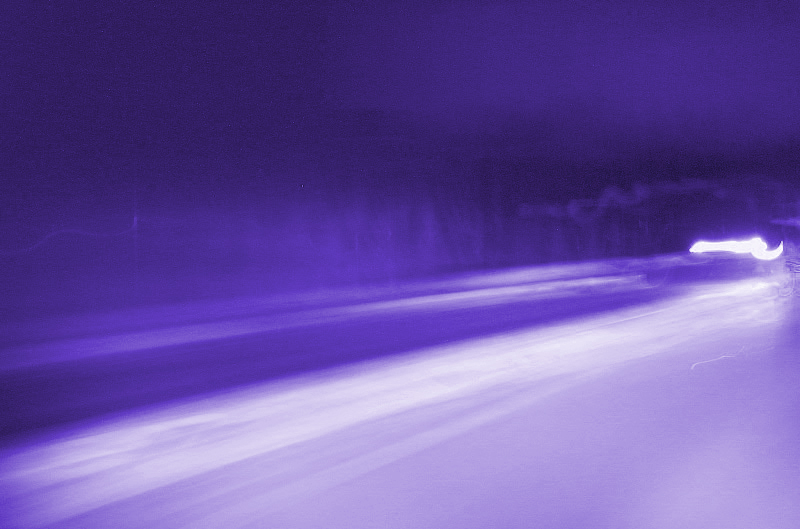
The Science of UV Disinfection
UV light kills bacteria, but not all UV light is equal in doing so. Like hand sanitizers in a post-pandemic world, the UV market is chock-full of improperly designed and marketed devices claiming to “completely eradicate pathogens.” To the untrained eye, this seems fantastic and straightforward. However, numerous variables determine how effective the device is at disinfecting its target object or surface.
UV lamps, boxes, robots, air purification systems, and wands are just a few devices that engulfed the market post-onset of the pandemic. But what exactly is UV, are there different forms and functions of UV, how does UV light kill bacteria, and how do the other technologies claiming to eradicate viruses with UV do so? Let’s deep dive!
Defining the Electromagnetic Spectrum [EM]
Before defining what UV is, it’s critical to understand the electromagnetic (EM) spectrum. The EM spectrum is the full range of wavelengths of electromagnetic radiation (EMR), beginning at radio waves (longest wavelength) extending to gamma rays (shortest wavelength).
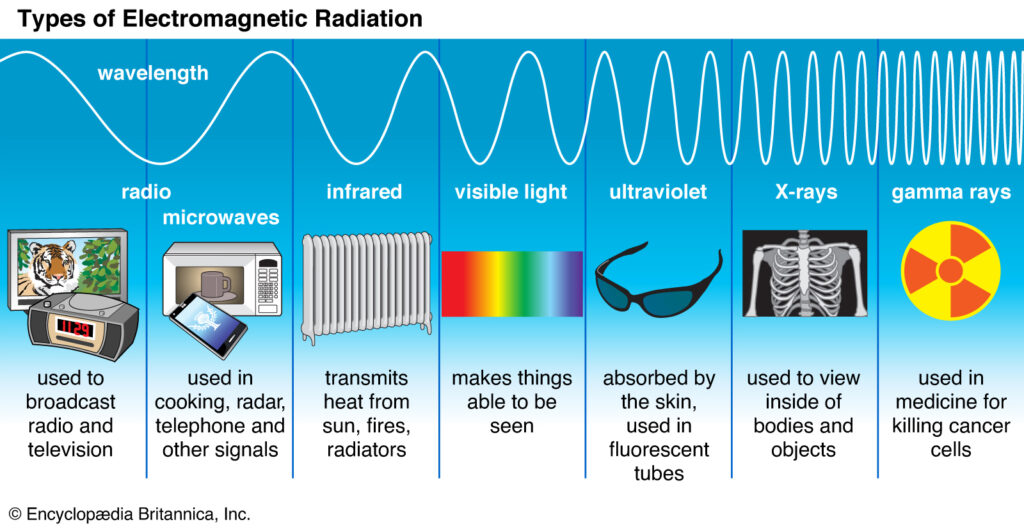
Light travels by oscillating waves at a constant speed. These waves carry energy, and their interaction with objects varies based on the type of energy these waves have. Refer to the graphic above to see the full EM and the varying wavelengths. We humans cannot fully perceive the entire spectrum of EM waves, but we utilize some of these wavelengths in our everyday lives regardless of perception or not. Most, if not all, of these wavelengths, do not harm us despite the ominous keyword “radiation.”
We’re going to take a deeper look at one specific section of wavelengths on the EM spectrum that is becoming a booming industry with many functions, UV radiation (light).
Types of UV Radiation
Like everything on the EM spectrum, UV radiation can break down into different types based upon their respective wavelengths (or the distance between peaks in a series of waves). The most common UV radiation comes from our sun. The types of UV rays are classified as follows:
- UV-A – [315 and 400 nanometers] these rays have the longest wavelength and are generally transmitted naturally through the atmosphere.
- UV-B – [280 and 315 nanometers] these rays have a shorter wavelength than UV-A, and some transmit through our atmosphere. However, some do get absorbed by the Ozone layer, and these rays are the most harmful component of natural sunlight.
- UV-C. – [200 and 280 nanometers] these rays have the shortest wavelength and carry the highest amounts of energy out of the UV radiation spectrum. Luckily for us, our Ozone layer absorbs all these rays.
- UV-V – [100 and 200 nanometers] this portion of UV rays can only transmit in a vacuum; hence the “V” is strongly absorbed by water and air.
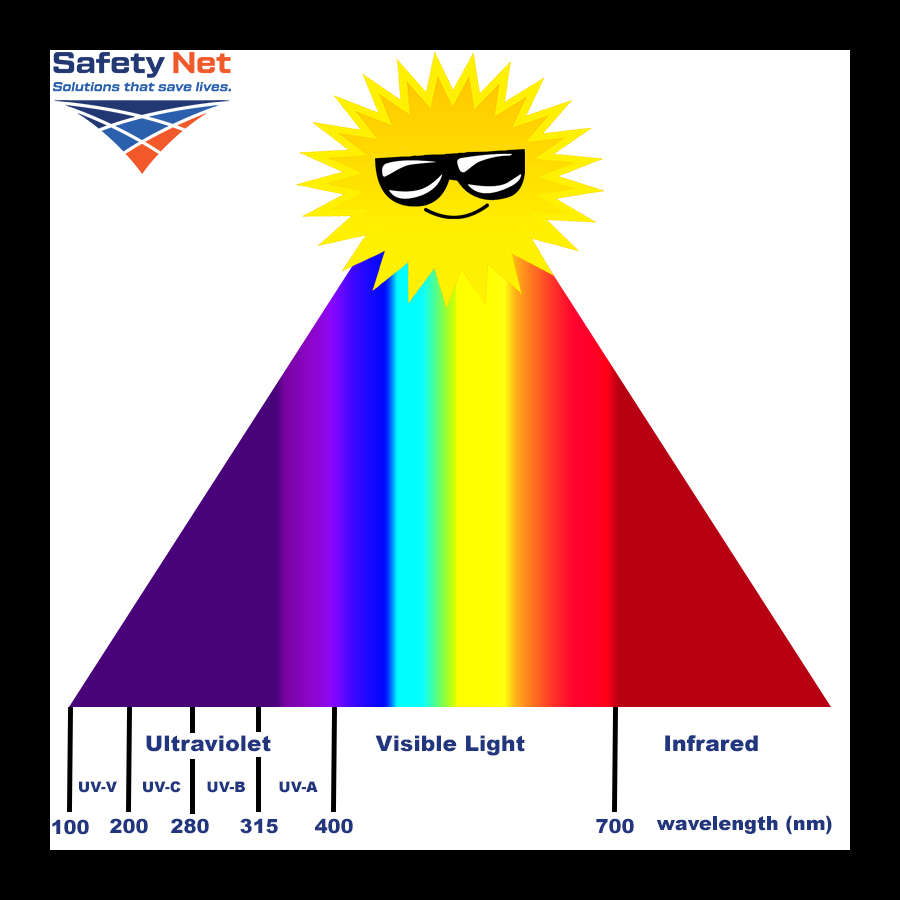
Since we now know the different forms of UV radiation and their respective wavelengths, let’s explore which wavelength is best for disinfection and why.
UV-C, A Germ’s Worst Enemy
UV-C is popping up everywhere in the infection control industry, and you may be wondering why. Thinking back to just a few sentences ago, we talked about the different wavelengths of UV radiation and which ones were transmitted through our atmosphere vs. entirely absorbed by the Ozone layer.
Because UV-A and UV-B are both in our atmosphere, life forms have had an opportunity to adapt to these rays and are resistant to their disruptive effects on DNA and RNA. While UV-B does have harmful properties, it cannot kill microorganisms effectively. Smaller wavelengths can only penetrate microbe cell structures. A microbe’s primary purpose is to survive and replicate; UV-C disrupts the part of their DNA & RNA associated with their replication and protein expression processes necessary for survival.
Measurement, The Bunsen-Roscoe Law, & Newton’s Inverse Square Law
You probably know what a ‘watt’ is from your monthly energy bill, but you’re probably not as familiar with the term ‘joules,’ a metric measurement term. We’ll go ahead and define these terms for the sake of understanding fully.
- Watt(W) – a measure of the rate of energy delivery
- Joule(J) – a cumulative measure of the total amount of energy delivered
Measuring UV usually takes place in smaller increments; you’ll commonly see figures displayed in the thousandths of a J or W (1/1,000). These more miniature figures are called ‘milli-Joules’ and ‘milli-Watts’ and shown as ‘mJ’ or ‘mW.’ These are often associated with how much time is required to deliver the energy. 1 Joule of energy delivered is equivalent to 1 Watt of power produced for 1 second.
When it comes to administering UV-C light to eradicate pathogens, a fundamental principle of photochemistry states that the effect of light energy on a biological system is directly related to the total energy delivered, irrespective of its administration. It is known as the Bunsen-Roscoe Law and determines how much UV-C we need to bombard our target.
In addition to this Law, we need to keep Newton’s Inverse Square Law in mind. This Law means that if you double the distance between subject and light source, it illuminates a surface area four times greater than before. A larger surface area will lead to a light intensity that is inversely proportional to the square of the distance, which means we’ll see a decrease in light intensity.
Extrapolate both Laws to the realm of UV disinfection, and you’ll see that both exposure time and distance from the light source are critical components for how UV light kills bacteria.
Robots, Lamps, Boxes, and Wands….Oh My!
Bacteria, like people, is full of diversity which means that the inactivation rate varies depending on what bacteria or pathogens you’re targeting with UV-C disinfection. Since the pandemic, we’ve seen many different UV-C technologies hit the healthcare markets, travel industry, business sectors, and more. Looking at the various technologies, we’re going to analyze the pros and cons of each and determine what the best disinfection application of UV-C is.
Let’s start with UV Robots, most commonly found in operating rooms and airplanes. Hands-off UV-C disinfection is ideal since the radiation can harm humans vulnerable to its effects, and the broad application of modern robotics is incredible. Still, there are some disadvantages to this technology—one being shadowing. In particular, let’s look at airplanes using the robot pictured below as the benchmark for UV-C robotic disinfection.
This robot, in particular, has an optimized design for airlines but let’s look a little closer. Using what we know about Bunsen-Roscoe Law and Newton’s Inverse Square Law, we see that the robot will not disinfect the window seats to the same degree as the aisle seats. Another high-touch point that is getting less exposure is the windows. Do we know what the exposure time is? Is that listed anywhere? I’ve looked and can’t seem to find cycle times listed anywhere.
While this is a good solution, if we aim to achieve higher levels of disinfection, electrostatic sprayers provide a better solution and achieve 360-degree coverage on all surfaces without pesky residue. This particular robot claims 99% efficacy against COVID-19.
A field study conducted in May of 2021 of a different UV-C robot used in hospitals found that “presently, the UV-C robot tested in this study is not ready to be integrated into the environmental cleaning and disinfection procedures in our hospital. The single standard disinfection UV-C irradiation cycle is not sufficient to inactivate pathogens with augmented environmental resilience, e.g., C. auris, particularly when microbial loads are high.” Marketing claims are critical, and we’ll dive into that Rabbit Hole in a follow-up article.
We are now moving onto UV-C lamps, a manual solution that doesn’t move independently. These technologies are more intuitive and hands-on. They afford you the autonomy to determine placement and cycle time so you can control the disinfection of your setting a bit more. However, we’ve opened the door for human error and incompetence.
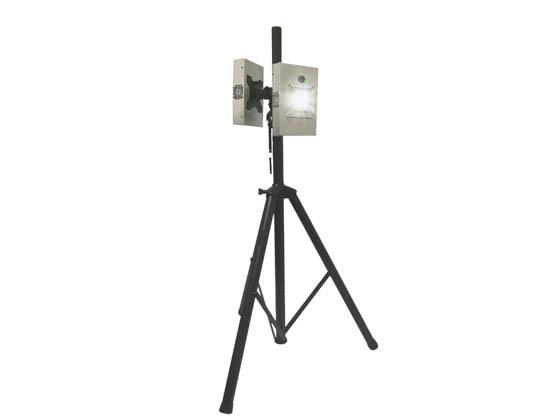
If the staff member responsible for the placement of the lamp within a given setting is not aware of the two Laws above nor the energy output of the lamp or inactivation rates of viruses, the margin for error increases drastically. A UV-C light placed in the center of a hospital room will only disinfect the area equivalent to its power output, the further reaches of the space will remain untouched, and the bio-load will remain roughly the same.
What about UV boxes? In my opinion, this is my favorite application of UV-C disinfection because of its alignment with the Bunsen-Roscoe Law and Newton’s Inverse Square Law, there is no shadowing, and the distance from the target object is minimal. Refer to the video below to see just how dirty your phone is, and if you want to explore phone disinfection further, make sure to read our dissection of the Express Pro. The cons of UV boxes are apparent. They are high-touch item focus only, and they cannot disinfect surfaces within a given environment. Also, the durability of shelving inside these chambers varies depending on the manufacturer. I use a small disinfection chamber in my own home to disinfect my cell phone and other small items when I get home. It is an easy and effective measure to compliment my hand-washing.

This last item is for all you wannabe-wizards out there, UV wands. You can use these tools anywhere at any time. The flexibility of disinfection is up to your imagination. Another advantage of the wands is that you can control UV-C exposure time and distance on surfaces and objects. But that is also one of the most significant disadvantages and flaws of these particular tools. Knowledge of effective UV-C disinfection is not as widespread as it should be. For example, to use the wand effectively on surfaces, you need to know the bulb output and how long to hover over the target, which may take longer than you realize. With the best UV wand on the market, the SurfaceSoap, you need to hold the wand 1 to 2 inches from the surface while moving 3 inches per second. SurfaceSoap is the best wand on the market, with 10x the strength of competitor brands, so you can only imagine how much longer you need to hover over your target with one of these weaker tools. The best application of UV wands, in my opinion, is to use them on small objects and surfaces that are high-touch/high-risk points in your environment. To disinfect an entire room this way would be monotonous and borderline unintelligent, but unfortunately, it is not uncommon.
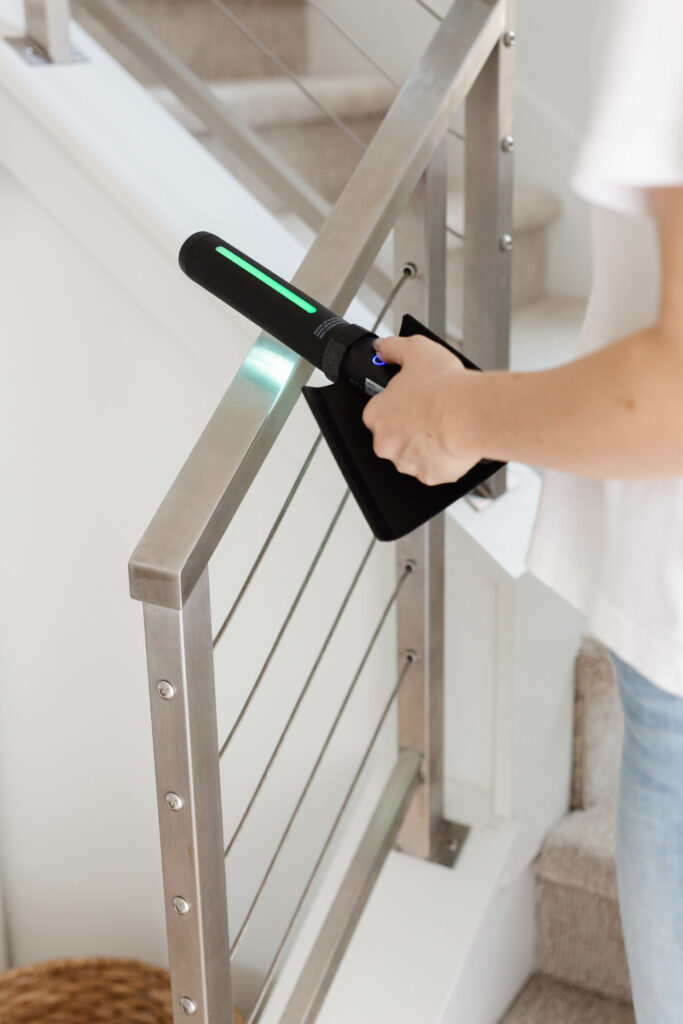
Now We See Why UV-C
In the great race to logically eradicate pathogens and harmful bacteria in the workplace, we need to examine the technology we are pursuing to guarantee maximum effectiveness. UV light kills bacteria, and now we know how it does so. The two Laws we spoke of limit the applications of UV disinfection, but knowing what we know now, we can accurately choose which product suits our disinfection needs best.
Don’t hesitate to ask companies who sell these technologies for safety data sheets, testing background, and use cases, and if they cannot supply you with answers, about-face, and head the other direction to someone who can. Safety Net has spent years putting together a highly vetted suite of products rooted in scientific evidence and tested by third-party labs and the FDA & EPA. We aim to educate you first and give you the tools needed to pick the best option for your environment. Every place is different; microbial colonies vary, but one thing is consistent: Safety Net will do everything in our power to reduce bio-loads and give you the utensils to succeed in controlling your environment. It’s now obvious how UV light kills bacteria, let’s get disinfecting!
About the Author
Robert Hasselfeld is SEO manager and an account manager for Safety Net.
References
Astrid, F., Beata, Z., Van den Nest Miriam et al. The use of a UV-C disinfection robot in the routine cleaning process: a field study in an Academic hospital. Antimicrob Resist Infect Control 10, 84 (2021). https://doi.org/10.1186/s13756-021-00945-4

